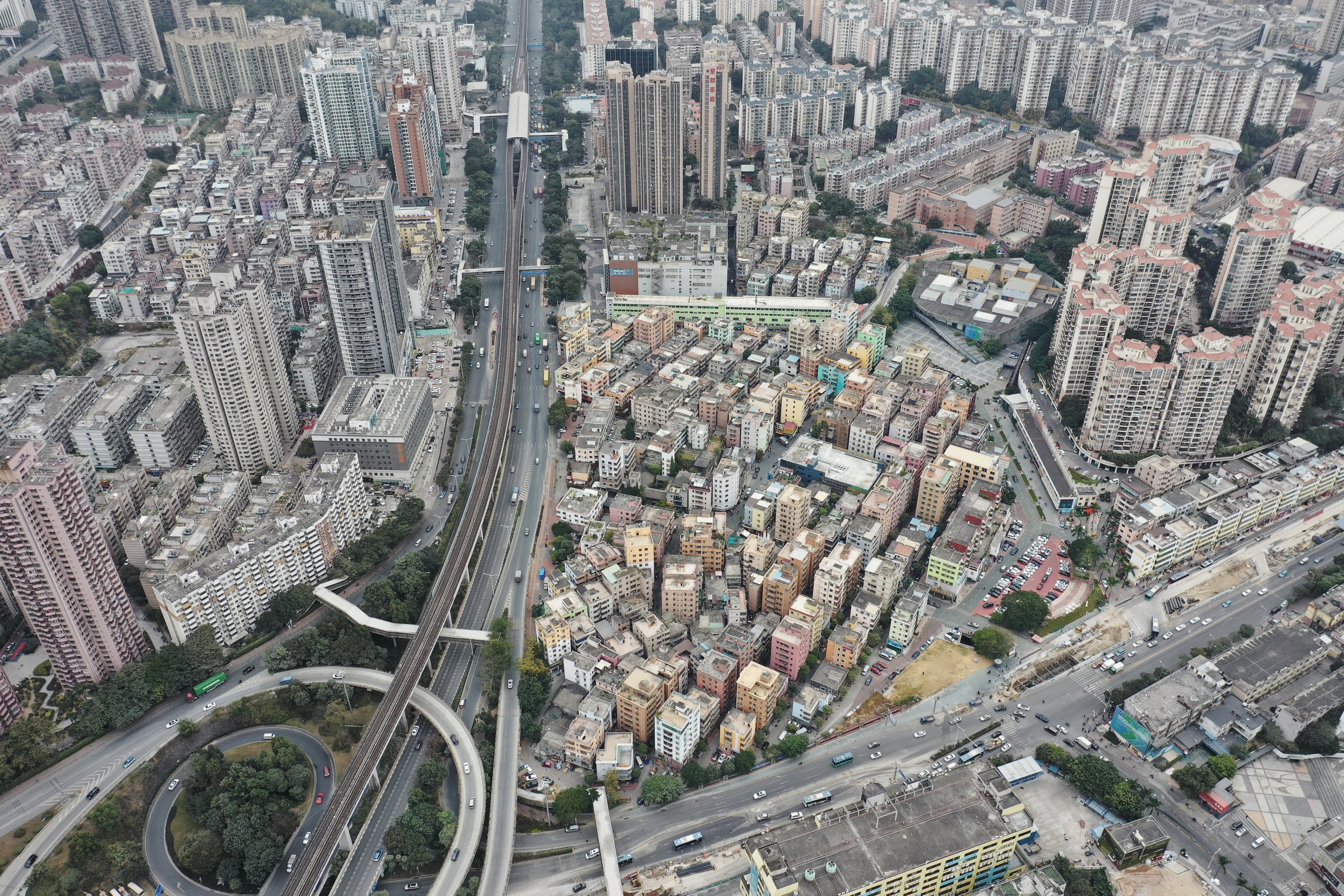Dafen Urban Village
Shenzhen, China
Image Credits: URBANUSArchitecture & Design Inc
Image Credits:
Of the hundreds of villages engulfed by the urban expansion of Shenzhen in China’s Pearl River Delta, Dafen is arguably the most internationally celebrated. The once-impoverished settlement has been twice re-invented: first, in the late 1990s and early 2000s as the world’s leading supplier of reproduction oil paintings and then again, more recently, as an exemplar of state-led culture-based economic development. In contrast to other case studies in this book, the transformation of once-rural Dafen Village into the economic powerhouse of “Dafen Oil Painting Village” is very much a top-down vision. It has been substantially proposed and imposed by outsiders, rather than being an indigenously-championed venture, even as it has brought considerable wealth to the original villagers. The initiative, which includes efforts to revitalize livelihoods in a low-income community, investments in infrastructure to improve environmental conditions, and affordable housing to migrant painters, is a rare Chinese example that embodies some of the principles of equitable resilience, made possible in part because urban villagers retain unusual forms of collective land tenure. However, interviews with two dozen residents and art workers during visits in 2016 and 2022, coupled with review of village documents and assessments by scholars and journalists, suggest that early hopes for equitably resilient development have remained largely unfulfilled.



